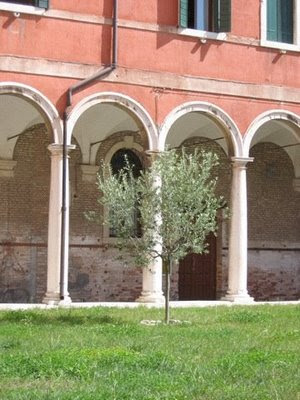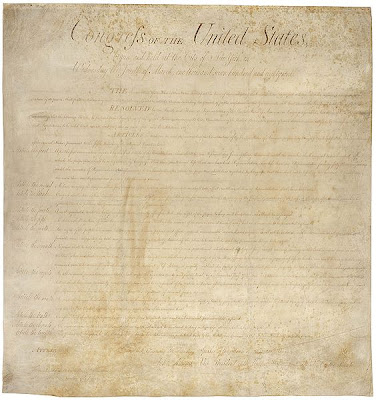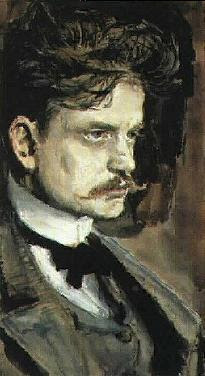
Today is my friend Stan Ziegler’s birthday.
Stan played a role in the psychodrama that was my second junior-year Whiffenpoof tap. (They audition today.) Admittedly, it was a very difficult choice that year. Ironically, I may have ended up creating the formula they reportedly used. The problem was there were too many musically qualified Spizzwinks. I think we had nine. And my changing classes had made it even worse than it would have been.
Today there are many more informal singing groups at Yale. But then there were seven all-male groups, I believe. The unwritten rule, was that at least one singer would be selected from each group. Since there were fourteen Whiffs, if all nine Spizzwinks were tapped that would exclude one of the other groups. It was a politically impossible situation.
I remember Jon Nygaard came to see me in my dorm room, to use me as a sounding board. I said it was obvious: the highest number of Spizzwinks they could select would be seven. They couldn't take all. And it would be cruel to take all but one.
Then I casually let drop: “If it came to a choice between Stan Ziegler and me, I would prefer they take Stan.”
I figured I was the most obvious choice to be tapped as a Whiffenpoof. After all, the people selecting were from my own original class. And I had previously been pre-tapped to be pitchpipe (director) of that group. I thought I had sufficient leverage to make a difference.
When Marie Bronson (my 79 year old friend and summer landlord, whose husband Clarence had been Yale Class of 1900) heard what I had said, she implored: "Don't do that Rob. It will impact all your class reunions. You'll end up regretting it for the rest of your life."
I thought I had leverage. They heard: I really wasn't interested. I had taken them off the hook—and inadvertently ended up sinking George Hardy’s chances too.
The reason I said what I did about Stan was that he was out of the country and needed, I felt, to be connected with some organization on his return. Stan was taking a Junior Year Abroad, studying with Anna Freud in London and with another woman psychologist in Norway. Yale didn't have a Junior Year Abroad Program for credit. As my brother Sherry had studied in Paris for a year on his own, and then had to continue for two more years at Princeton, so Stan would normally have been required to take two more years at Yale. But Stan –as anybody who knew him—had chutzpah up the kazoo. He had a New York State disability scholarship for his asthma. He used to run around the block before his annual interview, in order to be sufficiently winded. When he was accepted at Cornell –and should have been required to attend to get the New York Scholarship— he got his sister –who was a senior at Cornell, and a student member of the admissions committee— to get him unselected. He then pleaded his case to the scholarship board, and talked his way to a New York sponsored scholarship out of state. I should have known Stan could take care of himself. He ended up getting full credit for his year in Norway (where he also learned how to knit – I still have mufflers and mittens he designed and knit for me).
The reason I made my offer was that just before spring break, Stan's father had committed suicide on the second anniversary of Stan's mother's natural, if painful and unexpected death. I thought it absolutely essential that Stan not be alone his senior year. As it turned out, Stan already had other people advocating for him. My offer was a futile and unnecessary gesture. He even had one of the slots in Skull and Bones.
Then senior year he was so busy…I never saw him.
But after college, he became one of my best friends and maintained that special relationship with Mrs. Bronson until her death at the age of ninety-seven.
Stan later became a successful teen psychologist with a celebrity clientele, which included Jason Gould and Greg Louganis. (Once he talked to me about autistic patients. Not familiar with the term, I thought: can there be art without neurosis?) He was a friend of Paul Petersen, who had been Jeff on the Donna Reed Show. Paul had formed a support group for former movie and TV child stars—a group for which Stan was a consultant. He also had been a guest on several TV talk shows, including Oprah. The last time I saw Stan, I visited him at his new home in West Hollywood, when he took a group of troubled teens to Tippi Hedren's Big Cat Shambala Preserve. The final time we talked was Christmas Eve 1994, when I was home between services.
Stan and I were friends until his death – can it be?—nearly seventeen years ago. I went to his memorial service in West Hollywood. George and I were asked to join the Whiffs there in singing the Whiffenpoof song. It was only the second time I had ever sung it. (At Yale, only Whiffs sing it.) The first was back in the summer of 1969, on the first Spizzwink tour to California. It was in a VW bug with Russ Thomas and Bill Correll, who had just been tapped for the Whiffs of 1970, and Jon Nygaard, who along with me was considered likely for the Whiffs of ‘71. We realized that we had a quartet, so up in the hills above Saratoga, we sang: "To the tables down at Morys……"
(BTW I finally became a member of the Whiffs of '72 when I went back to my 40th Class Reunion in New Haven last June. My official Whiff name now is Rob "More Cow" Bell -- a reference to a classic Saturday Night Live skit.)
Stan had been very sick for years with Crohn’s disease. I think it had originally manifested after his mother's death. He was valiant, and put up with excruciating pain. At his memorial service, his own therapist implied that Stan had committed a passive form of suicide. Evidently, he had had a major attack, and decided not to call for help. He had been in the hospital so many times, he just didn't want to go through it again. I can't begrudge him that.
At the memorial service, I saw his sister and met his nephew. Stan had had a troubled relationship with his only nephew. Both parents were brilliant. The boy was rather dull. Stan's sister was a deputy district attorney in Brooklyn and a law professor. Her ex-husband had been the chief prosecutor in the ABSCAM case, and had worked on the defense team for Claus von Bulow.
Only a few weeks after Stan's service, I heard from John Rouse, I think, that tragedy had struck again. Stan's nephew had been learning how to drive with his father at the Westport, Connecticut Yacht Club. Evidently, he put the car in reverse by mistake, and backed off the dock. His dad got out. He drowned. I wrote a note to Stan's sister. But what can you say?

















